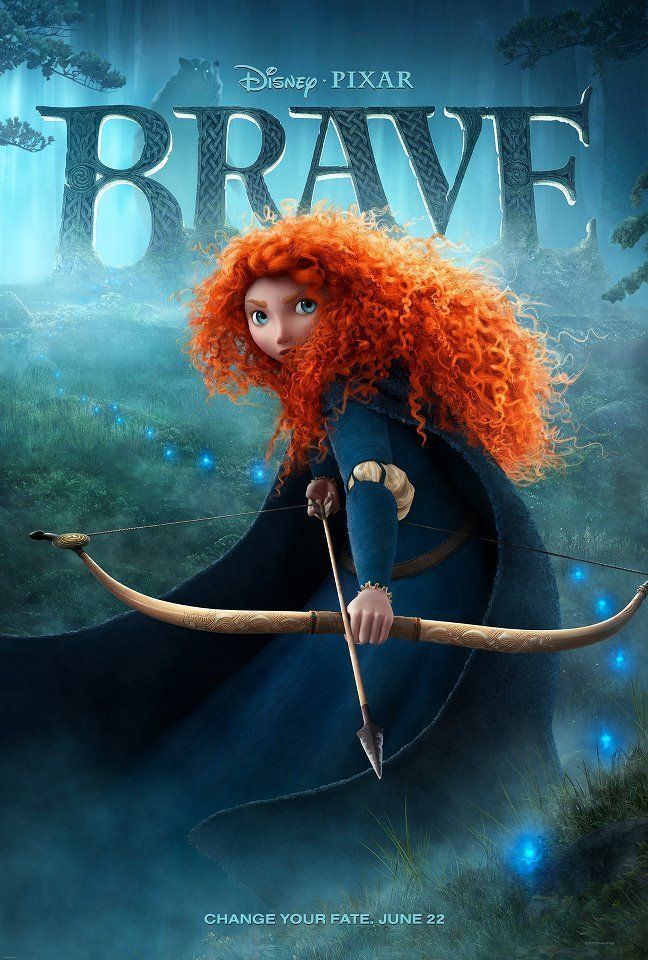
Merida, the fiery Scottish princess voiced by Kelly Macdonald in Pixar's new animated adventure "Brave," belongs to the same category as Dora the Explorer, Nickelodeon’s bicultural cartoon heroine. If that doesn't quite sound like fulsome praise, you’re on the right track. No, listen - in all seriousness, there are reasons to be grateful for both of them. Both “Brave” and the Dora franchise represent honorable - and desperately needed - attempts to craft alternative role models, and alternative entertainment options, for girls who yearn to break out of the pink-and-peach prison of princess culture. As the father of a ferocious and imaginative 8-year-old female human who has never once worn a cardboard tiara, I'm glad they exist. Is it OK to wish that they were actually, y'know, good, and not just good for us?
Let's get past the invidious comparison right now: There is no similarity between the lovingly detailed picture-book animation of "Brave" and the insipid primary colors of the cheaply produced "Dora" cartoons. Capturing the haunted greens, golds, blues and grays of a Scottish castle and the deep forest around it - the setting is unspecific but vaguely medieval - "Brave" is another pictorial triumph for Pixar. Even there, though, I have reservations: I pretty much hate the squeaky-looking kewpie-doll creatures that Pixar’s animators have always conjured up to represent human figures. There’s a reason that the studio’s best films have focused on animals or inanimate objects. And I emphatically recommend not spending the extra bucks for 3-D glasses. Even watching "Brave" at a Manhattan theater with supposed state-of-the-art projection equipment, the 3-D image looked muddy and dim, and the extra depth added nothing significant.
